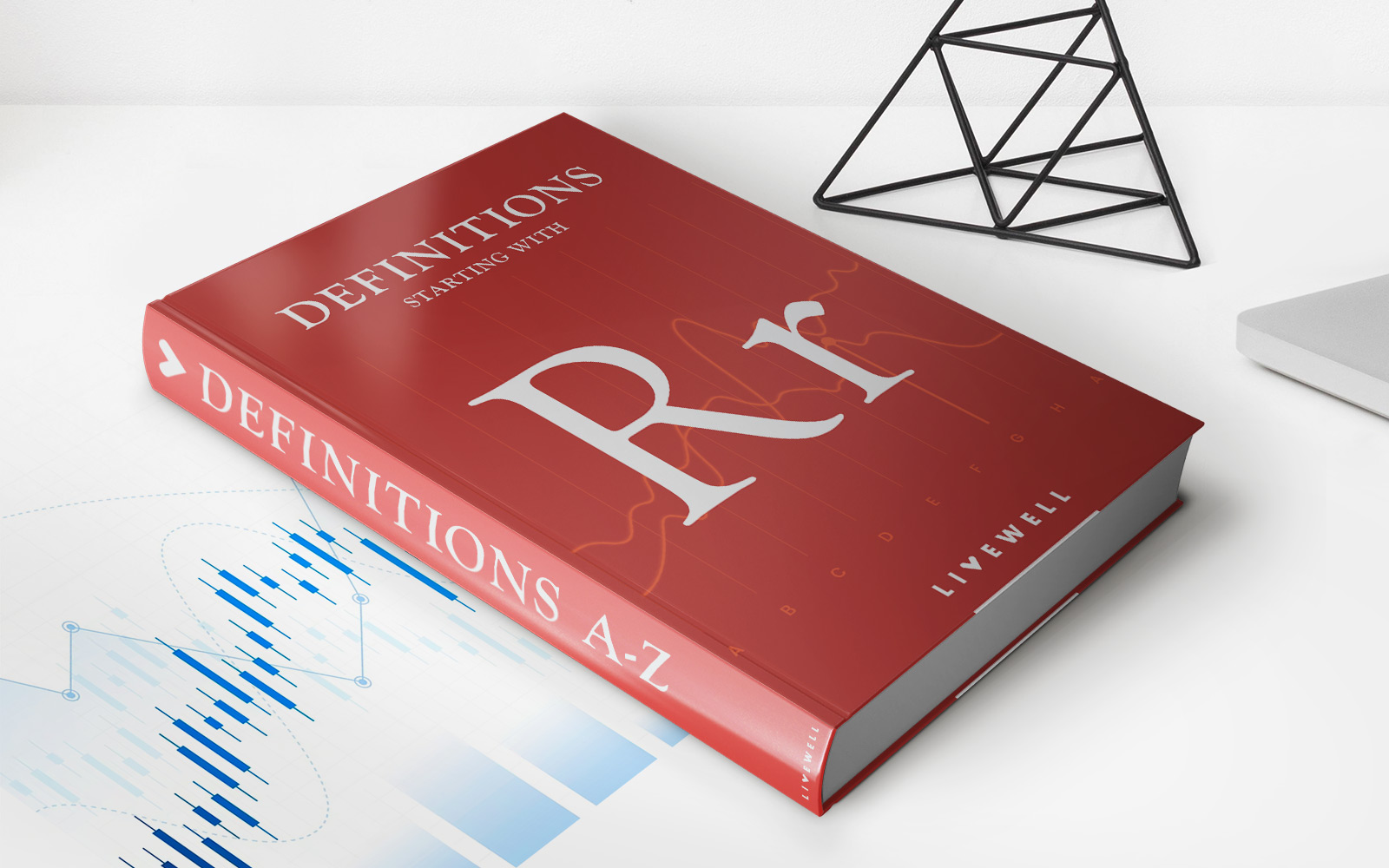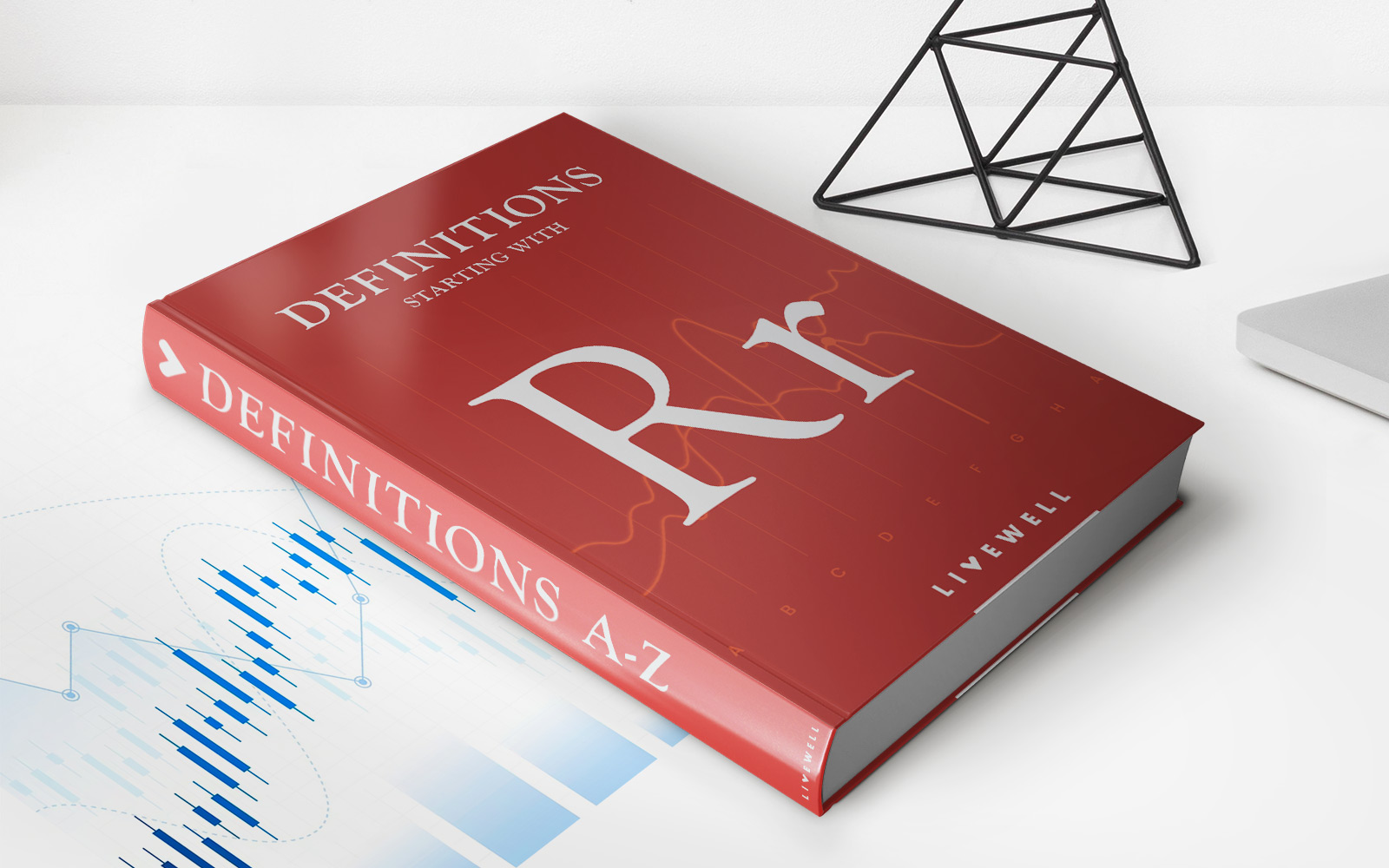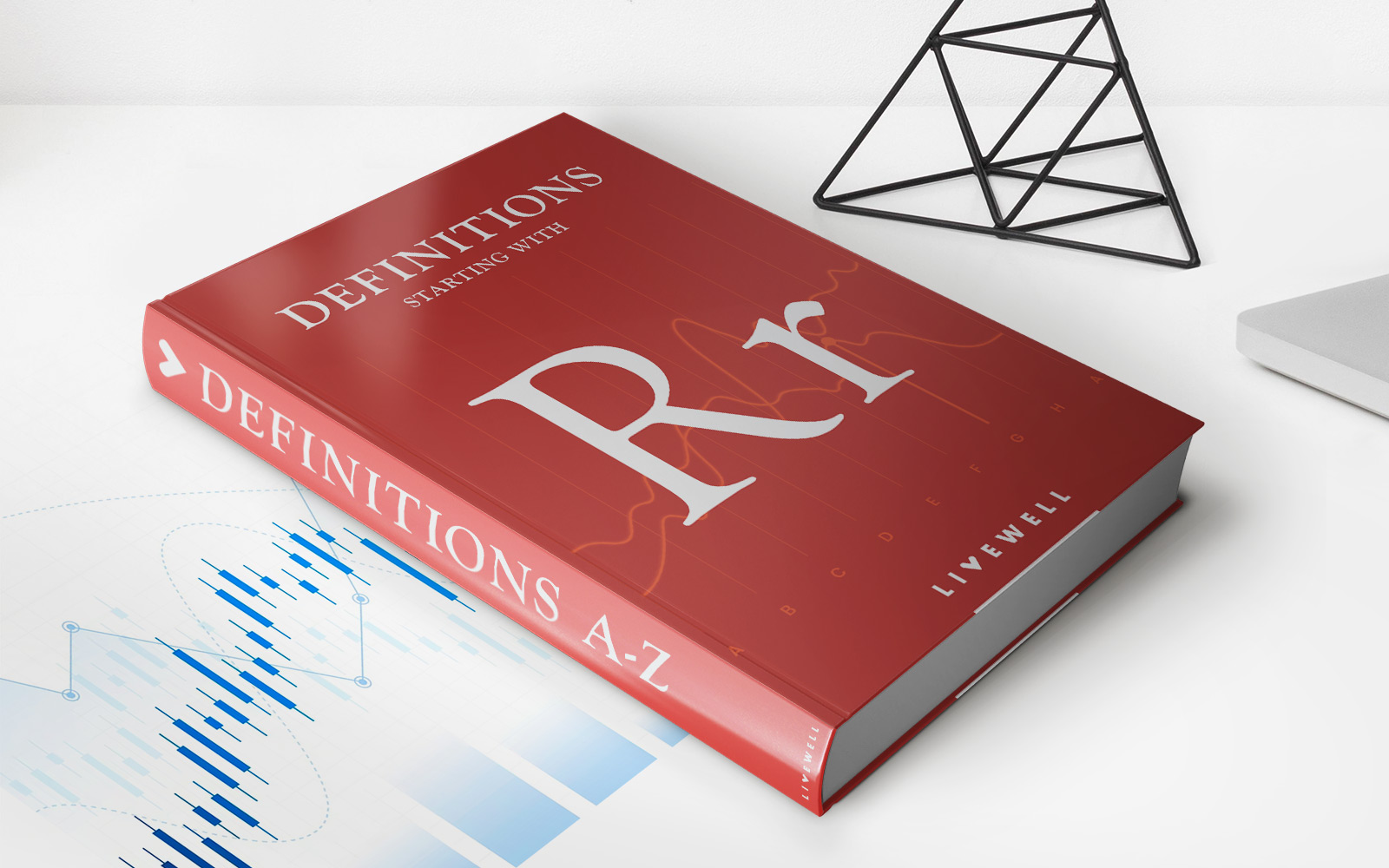Home>Finance>What Is A Roll Rate? Definition, Calculation Methods, Example


Finance
What Is A Roll Rate? Definition, Calculation Methods, Example
Published: January 21, 2024
Learn what a roll rate is in finance, including its definition, calculation methods, and see an example. Enhance your financial knowledge with this comprehensive guide.
(Many of the links in this article redirect to a specific reviewed product. Your purchase of these products through affiliate links helps to generate commission for LiveWell, at no extra cost. Learn more)
What Is a Roll Rate? Definition, Calculation Methods, Example
When it comes to analyzing financial data, understanding various metrics is essential. One such metric that financial experts use to evaluate credit risk is the roll rate. In this blog post, we will explore the definition of a roll rate, discuss its calculation methods, and provide an example to help you grasp its significance in the world of finance.
Key Takeaways:
- A roll rate is a financial metric used to track the migration of customers from one credit risk category to another over a specific period.
- It helps financial institutions assess the potential for default, identify trends, and make informed decisions about risk management.
Definition of Roll Rate
Put simply, a roll rate measures the movement of customers between different credit risk categories. It provides insights into the transitions customers make from a specific risk class to another within a defined time frame. Financial institutions, such as credit card companies and lenders, utilize roll rates to evaluate the quality of their loan portfolios and assess the probability of loss due to customer default.
The roll rate is commonly expressed as a percentage and is based on the number of customers or accounts in question. By analyzing this metric, financial institutions can gain a better understanding of customer behavior, identify potential credit risks, and make data-driven decisions to mitigate potential losses.
Calculation Methods for Roll Rate
The calculation of roll rates involves monitoring the movement of accounts from one risk category to another over a specific period, typically on a month-to-month basis. There are two primary methods for calculating roll rates:
- Originating Balance Method: This method calculates roll rates based on the starting balance, considering the number of customers who migrate from one risk category to another. It divides the number of migrating customers by the total balance of the original risk category, resulting in a percentage of roll rate.
- Ending Balance Method: In this method, roll rates are calculated based on the ending balance, considering the number of customers who move from one risk category to another. It divides the number of migrating customers by the ending balance of the original risk category.
Both calculation methods provide valuable insights into customer behavior, allowing financial institutions to effectively manage credit risk. The choice of method depends on the specific requirements and goals of the institution.
Example of Roll Rate Calculation
Let’s consider a hypothetical credit card company that wants to assess the roll rate for its customers’ risk category migration. At the beginning of the month, the company has 10,000 customers in the “Low Risk” category, and by the month’s end, 500 of these customers have migrated to the “High Risk” category.
Using the originating balance method, the roll rate would be calculated as follows:
(Number of migrating customers / Original risk category balance) * 100
(500 / 10,000) * 100 = 5%
This means that 5% of customers in the “Low Risk” category transitioned to the “High Risk” category within that specific month.
In this example, the roll rate provides valuable information to the credit card company, indicating the rate at which customers are moving to higher risk categories. With this knowledge, the company can evaluate its credit risk management strategies, determine areas for improvement, and make data-driven decisions to minimize defaults and potential losses.
Conclusion
Understanding roll rates is crucial for financial institutions to assess credit risk effectively. By measuring the migration of customers between credit risk categories, roll rates provide valuable insights that aid in risk management. With the right calculation methods, financial institutions can monitor trends, make informed decisions, and take appropriate actions to mitigate potential losses in their loan portfolios. By incorporating roll rates into their analysis, they can enhance their risk assessment strategies and ensure more robust financial management.














